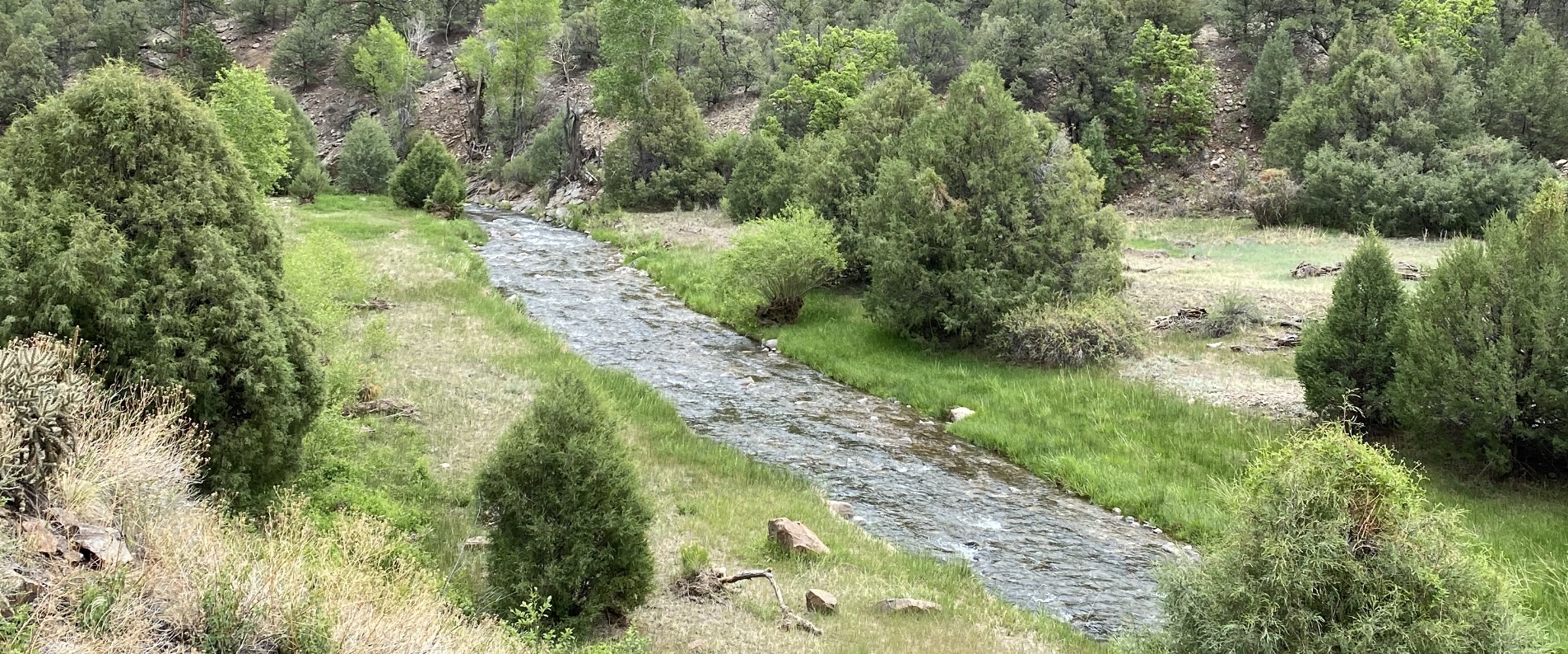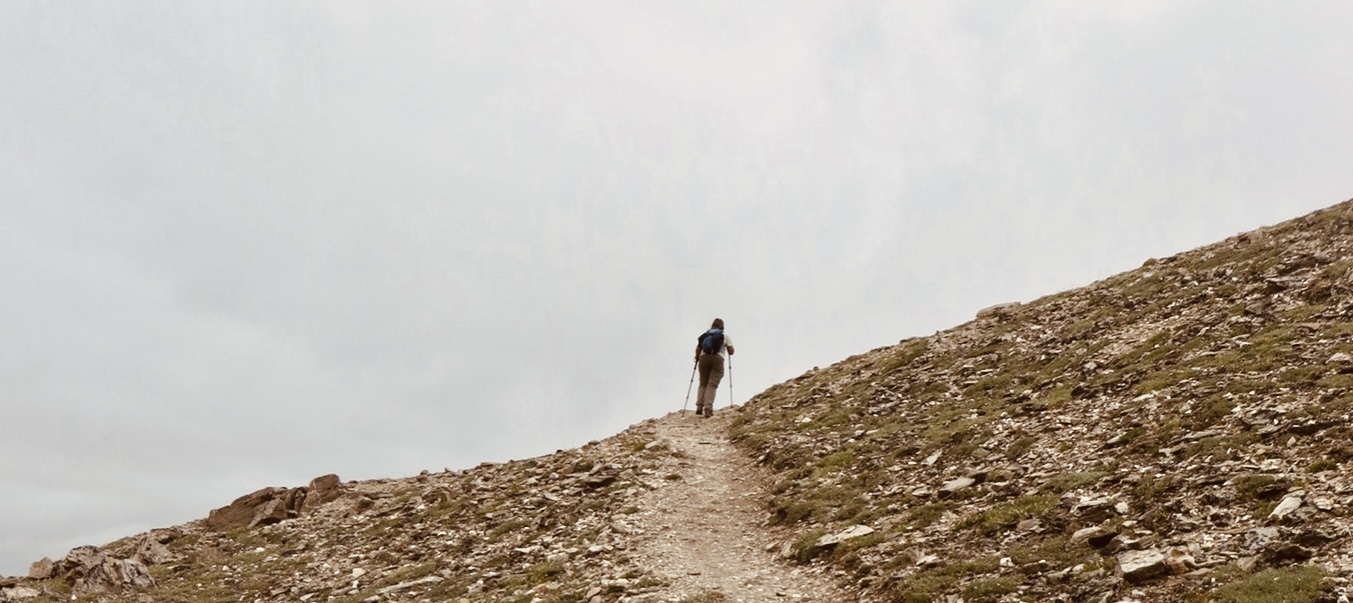When astronauts go to space and see for the first time that dramatic view of their planet suspended in the void, they relate in soaring, philosophical language of how profound and transformative that experience is for them. They find a deep appreciation for Earth and the only planetary home we have.
I realized up there that our planet is not infinite. It’s fragile. That may not be obvious to a lot of folks, and it’s tough that people are fighting each other here on Earth instead of trying to get together and live on this planet. We look pretty vulnerable in the darkness of space.
— Alan Shepard, first American to go to space
With all the challenges we face as a human civilization here on this little blue marble — climate change, war, global pandemics, wealth inequality, threat of nukes, political chaos, crime, loss of species, and so much more — we could all benefit from the life-changing experiences of those astronauts.
But only a handful of us will ever venture into space.
How do we acquire a similar experience and appreciation of this round rock that is our only home, while planted firmly and forever in its soil, forever bound by its gravity?
Years ago, as a youth working at a ranch high in the central Colorado Rockies, I spontaneously had an experience of the planet floating and turning in space. And I never left the ground.

It was the summer of 1976, the year Jimmy Carter was elected president. Our nation’s bicentennial. The summer I turned 18.
On the ranch crew, I was one of four teen boys in charge of routine chores and light construction. In the evenings, we created epic adventures in the forests and lakes around the ranch, on the fringes of the Indian Peaks Wilderness. The ranch had (and still has) a small lake. A favorite evening way to wind down was to lay in the grass on an island in the lake and count shooting stars.
One early July evening, we laid out on the island, with the tall grass in our hair and the crickets and bullfrogs and mosquitoes in our ears.
The moon was setting behind a ridge to the south, and as it dropped behind that mountain, I had a spontaneous planetary experience that I remember and treasure to this day, 47 years later.

For the first time, I felt the turning of the earth.
This was entirely unexpected. Normally, as most of us almost universally would, I perceived the moon as ‘setting’, as moving lower in the sky while the earth stood still.
But I experienced the utterly brilliant effect of the moon as stationary and the south ridge as a passenger on the planet as it turned in space, rising to obscure the moon.
As I lay there, I felt that grass, that island, and that valley among those mountains were all spread across the surface of this big round ball of rock, and I felt the rock turning, its full size and shape and motion.
The lodgepole pine standing along the south ridge, silhouetted against that moon hanging there in space, were passengers on this rock, turning through the same space, suspended by no discernible force.
Then as the moonlight faded, the Milky Way showed up, hanging in an infinity beyond the local moon and earth, so wide and deep that I seemed to shrink into nothingness.

What would the world be, what peace could we make, what selfish obsessions might we surrender if we could all lay on a grassy island in the middle of summer, feel the turning of the earth, and have our own perspectives reset?
Fifty-six percent of the world now lives in cities, where their night skies are bathed in light, dust, smog, and haze. How many of the world‘s people have ever gazed upon this cloud of stars that is our home galaxy? How many had the illusion of their grasped-at importance snatched away and shot out into the universe?
That night, the aroma of wood smoke drifted in from one of the guest cabins across the lake. The wind stirred in the pines, the rush and rustle rolling down the north ridge to ripple the lake and roll back up the south ridge to then fade into a whisper.
The east horizon, against the continental divide, flashed repeatedly from thunderheads rolling and boiling out on the Great Plains, a hundred miles and a granted wish away. The lightning bounced off the cooling upper atmosphere and spread the length of the horizon, diffused and diluted at those distances.
Forty-seven years later, I remember all this. I remember the easy companionship of my three friends, before life and the culture brought us into the race and the fevered attempts at understanding, control, and the relentless obligation to deliver and to count our wins and losses.
But that night, I counted only the shooting stars that crossed the Milky Way, the satellites that drifted lazily from ridge to ridge, and the slow turning of the planet.
As we got farther and farther away [the Earth] diminished in size. Finally it shrank to the size of a marble, the most beautiful marble you can imagine. That beautiful, warm, living object looked so fragile, so delicate, that if you touched it with a finger it would crumble and fall apart. Seeing this has to change a man.
– James B. Irwin, NASA astronaut
In that moment, I experienced an entirely new awareness of the celestial show overhead and the planet underneath. It was nothing, I’m sure, compared to what space travelers experience — but it awakened in me an expansive view that I can recall now, when I pause to feel the ground under my feet.
No experience on this earth can touch the enchantment of a night or a bright clear day in the mountains and how the senses sharpen and open. The vividness crowds out and eases all thoughts and concerns, leaves the past where it sits and tomorrow where it beckons.

The clarity and crispness of the air alone brings new layers of marvel at the act of breathing itself. Oxygen never tasted and smelled so good. The air hums with life, the buzzing insects, the music of crickets, the rising and falling of the wind through the forest. This is our home.
You should try this.
A full or fuller moon is better. A more hilly or mountainous horizon is better as well, so you have a clear, well-defined terrestrial ‘edge’ to work with. A flat, distant horizon is usually too obscured and indistinct.
Position yourself and time your viewing to see the moon ‘set’ against that mountain or ridge or hill. As the moon and your horizon line come together, try to consider, imagine, and envision the scene before you as different than you’ve usually thought of it – realize that the earth is moving, turning on its axis, suspended in space.
Perceive the moon as stationary. All movement is the big rock you live on.
Once the moon ‘touches’ your horizon, it will take about two minutes for the Earth to turn the moon’s full width, before it disappears. That’s two minutes to contemplate this round ball of rock you’re standing (or laying) upon, two minutes to feel it turning, two minutes to feel your only home in motion as you watch the lunar reference point.
Go try this and experience a new sensation of the planet, our home. Then go do good.



